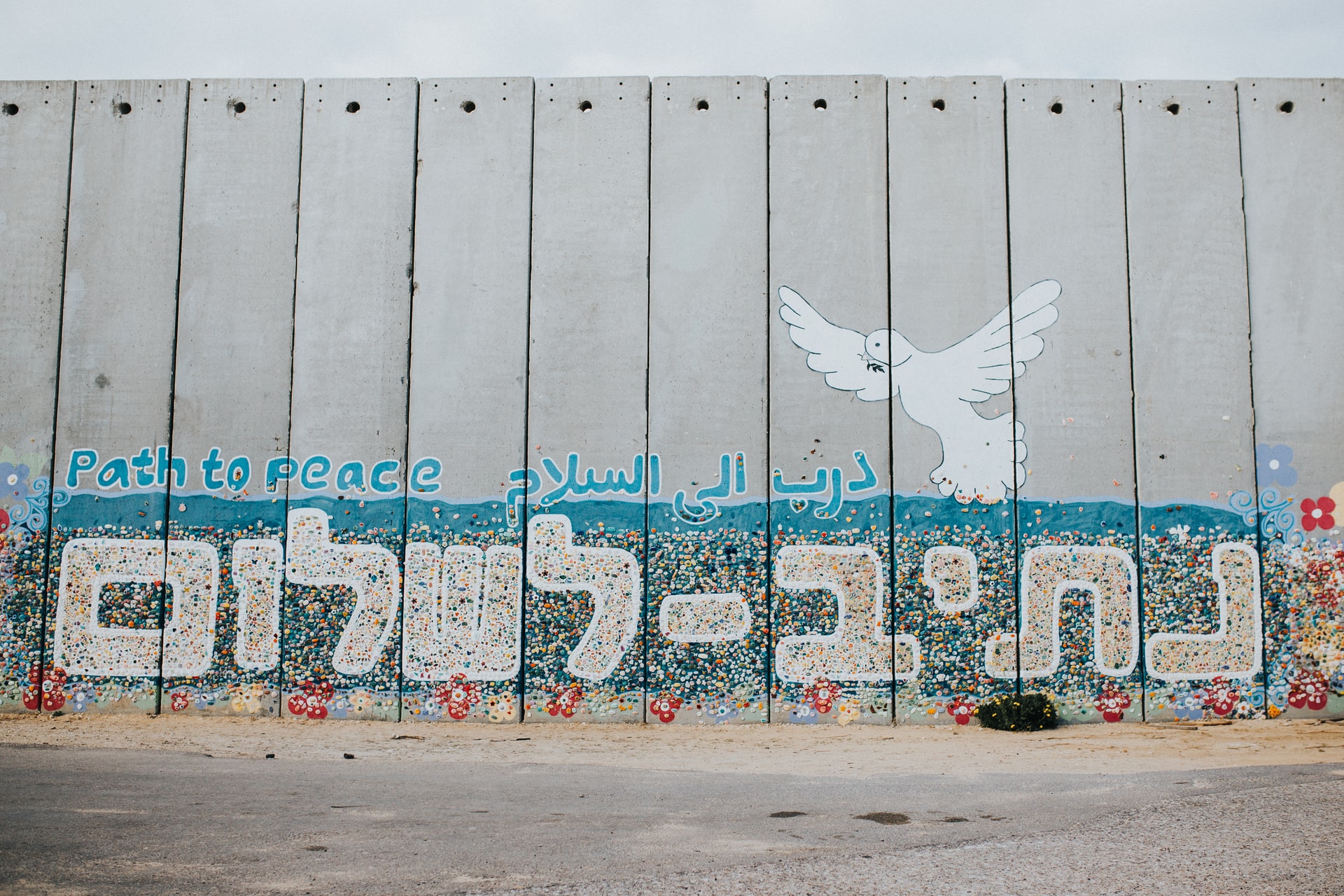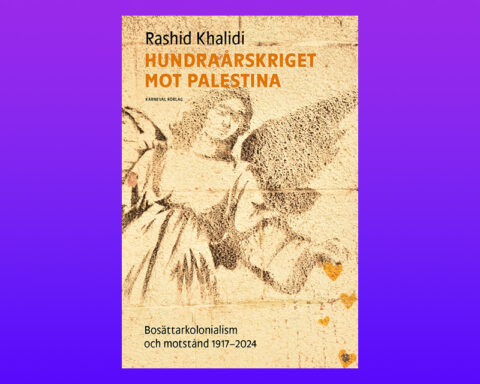
Ever since the Six-Day War, Gaza and the West Bank have been presided over by Israel. The genesis of the conflict harkens back to Israel’s founding and the advent of the Arab nationalist and Zionist projects of the 19th century. This analysis by Tomas Nordberg examines many of the initiatives that we have seen so far and why they have all failed to bring enduring peace to the region.
This article was originally published by Tomas Nordberg via Global Bar Magazine
Israel´s Declaration of Independence speaks movingly of the Jewish quest for statehood and the fulfillment of the Zionist vision:
”In the year 1897 the First Zionist Congress, inspired by Theodor Herzl’s vision of the Jewish State, proclaimed the right of the Jewish people to national revival in their own country. This right was acknowledged by the Balfour Declaration of November 2, 1917, and re-affirmed by the Mandate of the League of Nations, which gave explicit international recognition to the historic connection of the Jewish people with Palestine and their right to reconstitute their National Home. The Nazi Holocaust, which engulfed millions of Jews in Europe, proved anew the urgency of the re-establishment of the Jewish state, which would solve the problem of Jewish homelessness by opening the gates to all Jews and lifting the Jewish people to equality in in the family of nations.”
Count Bernadotte imagined Palestine (including Transjordan) as a union comprised of a Jewish and an Arab member. The negotiating parties would together with the mediator decide on the boundaries between the members and the Boundary Commission would determine the specifics concerning the borders. And the Union would aim to: ”promote common economic interests, to operate and maintain common services, including customs and excise, to undertake development projects and to co-ordinate foreign policy and measures for common defence.” Importantly, Count Bernadotte emphasized ”religious and minority rights be fully protected by each member of the Union and guaranteed by the United Nations”.
Folke Bernadotte (who was later murdered by terrorists, one later to become the president of Israel) proposed the inclusion of the City of Jerusalem in Arab territory, with municipial autonomy for the Jews and certain dispositions with regard to the Holy Places. For this, he received much criticism. Israel had agreed to a ceasefire prior to Bernadotte arriving in the Holy Land. The Israeli public did not welcome the peacemaker´s suggestion to separate Jerusalem from the state of Israel given that it meant international authority over the city or, even less acceptable by the Jews, Arab governance. Jerusalem as a corpus separatum under international jurisdiction is a controversial idea, to say the least, in the Jewish state. However, UN General Assembly Resolution 181 from 1947 embodies this principle in that it contains the UNGA Partition Plan Map. And in November 1988 the Palestine National Council (PNC) (the PLO’s ”parliament”) declared the establishment of a Palestinian state on the legal footing of UN Resolution 18.
Various peace proposals with a focus on territorial arrangements have been put forward throughout the years, including to incorporate the whole or parts of the Negev in a Palestinian state. Count Bernadotte proposed that the whole or part of Western Galilee should be included in Jewish territory. Further, he controversially suggested to the Arab and Jewish negotiators that Jerusalem should be included in Arab territory, with municipal autonomy for the Jewish communitry and special arrangements for the protection of the Holy Places. The UN mediator underscored that Holy Places, religious buildings and sites must be preserved and that both parties to the conflict bear responsibility for guaranteeing the rights with respect to these places. And he insisted, equally controversially, on Israel recognizing the right of Palestinians who had left their places of residence due to the the Arab-Israeli war of 1948 to return to their homes with no restrictions and their right to regain their lost property.
The Cairo Agreement and the Oslo Framework
The Cairo Agreement of 1994 dealt with the Israeli troop withdrawal from Gaza and Jericho, the transfer of authority from Israel to the Palestinian Authority (PA), the make-up of the PA and the relationship between Israel and the PA. Arafat famously initially refused to sign the maps at the signing ceremony. The Palestinians made it clear that they wanted all the trappings of statehood even if they didn´t have it formally. Israel and the Israeli negotiators, on the other hand, interpreted both the Cairo Agreement and the Oslo process as a devolution of powers. There were more specific disagreements as well, for instance related to the fact that the Palestinians didn´t want patrols at the crossings.
Uri Savir chronicles in his amazing book how 1100 days of peace talks ended in May of 1996. This was the month of his penultimate meeting with Abu Alaa as Head of the Israeli negotiating team. In 2003, Yossi Beilin published the draft of a permanent status agreement. Arafat approved the agreement, Israel did not. The Beilin-Abu Mazen Agreement of October 1995 incorporates many of the thoughts that have been the basis for subsequent negotiations and included in draft agreements on issues such as refugees, the status of Jerusalem, the legal status of the settlements and the principle of territorial exchange, or ”land for peace”. The Peres Center for Peace and Innovation, a leading force in the search for peace, supports peacemaking projects in the Holy Land and elsewhere. The IPNP (Israeli Palestinian Negotiation Partners) is especially intriguing since it builds on the negotiation philosophy of Harvard professor Roger Fischer.
In order to get to this kind of solution, we need brave leadership that understands that we can, should, and will achieve the two-state solution by employing a Joint Problem-Solving approach. Our current approach does not empower the moderates or diplomacy, but rather empowers Hamas, a terror organization.
I am proud to say that the Joint Problem-Solving approach and the win-win perspective is leading our vision and projects at the Peres Center for Peace and Innovation. Cooperation in medicine, education, business, entrepreneurship and the environment between Israelis and Palestinians and between Arabs and Jews within Israel is what we do every day in order to achieve peace and coexistence.”
It is clear under the Oslo Accords that the Israeli army is responsible for monitoring the terms of the agreements. Uri Savir and Yossi Beilin were not invited to subsequent negotiation rounds and Mr Beilin has lamented that he wasn´t able to convince then Prime Minister Shimon Peres to further certain terms of the agreements. It is imperative to understand that the Palestinians desiderated an agreement that would end the occupation and restore the national rights of their people. And they were willing to carry out security coordination with Israel.
The Fafo Institute was of central importance in the Oslo back channel negotiations. And individuals such as professor Saeb Erekat took on a leading part. Saeb Erakat was Chief Negotiator for the Palestinian Authority under the Oslo Process and he has remained in this capacity with brief interruptions. The Oslo channel consisted of secret diplomacy and of Norwegian diplomats creating a secret channel between Israel and PLO because the official, bilateral talks that were ongoing didn´t produce any results. The Norwegian foreign policy leadership wanted to talk directly with the PLO.
Part 2 will be published on Friday 2021-04-02

info@opulens.se








